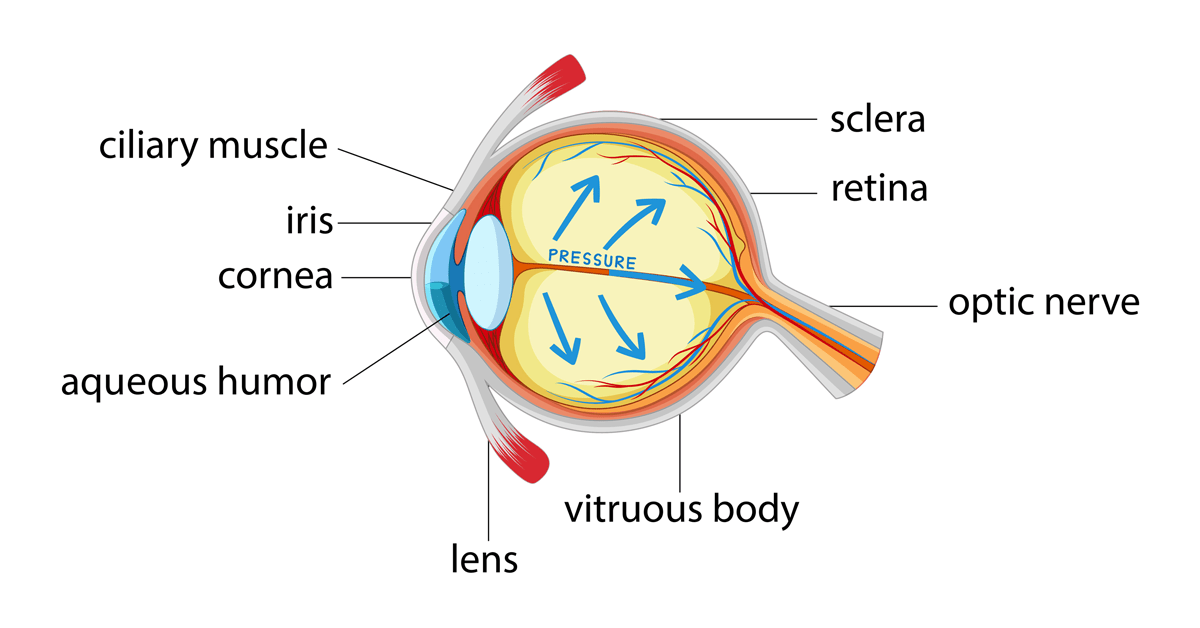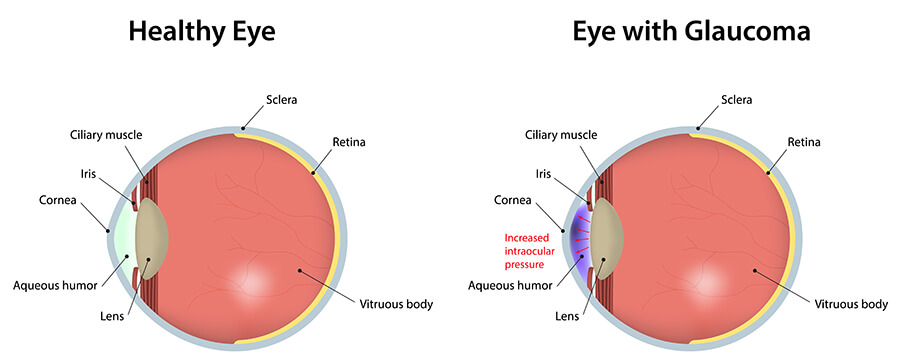Comprehending the Various Vision Correction Procedures Available for Clearer Sight
In the realm of vision modification treatments, a multitude of choices exist to address refractive errors and supply people with clearer view. From the extensively recognized LASIK surgery to less invasive procedures like PRK and implantable lenses, the field of ophthalmology provides a range of methods customized to match various demands and preferences. Each procedure comes with its own collection of considerations, benefits, and potential risks. Comprehending the nuances of these vision modification approaches is crucial for making informed decisions concerning one's aesthetic wellness. Allow's discover the details of these treatments and lost light on the course to attaining boosted vision quality.
LASIK Surgical Procedure
LASIK surgical procedure is a typical refractive treatment utilized to correct vision issues such as farsightedness, nearsightedness, and astigmatism. This medical technique, which stands for Laser-Assisted in Situ Keratomileusis, intends to reshape the cornea to enhance how light is concentrated on the retina, inevitably improving vision quality.
One of the key benefits of LASIK surgical procedure is the rapid renovation in vision experienced by individuals. Numerous individuals observe a significant enhancement in their vision right away after the treatment. Additionally, many people report minimal pain and pain throughout the surgical treatment and healing period. The recuperation time for LASIK is relatively quick, with many people returning to their day-to-day activities within a day or more post-operation. Generally, LASIK surgery is a prominent option for people looking for a lasting remedy for their vision problems.
PRK Treatment
While also an usual refractive procedure, the PRK (Photorefractive Keratectomy) method differs from LASIK surgical treatment in its approach to remedying vision problems. In PRK, as opposed to developing a flap on the cornea, the outer layer of the cornea, called the epithelium, is totally removed. This enables the laser to improve the cornea to fix refractive mistakes such as astigmatism, nearsightedness, and farsightedness directly on the surface.

In spite of the longer healing time, PRK can produce exceptional outcomes in vision renovation, making it a valuable alternative for those who may not be suitable candidates for LASIK surgery.
Implantable Lenses
Unlike PRK where the cornea is reshaped directly, implantable lenses provide one more technique for remedying vision by placing fabricated lenses inside the eye. This treatment is specifically advantageous for people with high levels of farsightedness, nearsightedness, or astigmatism that might not appropriate prospects for laser surgical treatments like LASIK or PRK.
Implantable lenses, additionally referred to as phakic intraocular lenses, work by supplementing the eye's natural lens with a synthetic one. refractive surgeries in al. These lenses can be placed in front of the natural lens (anterior chamber) or behind click here for more the iris and in front of the natural lens (posterior chamber) By readjusting the power and positioning of these lenses, eye doctors can properly correct refractive errors and enhance visual skill
One benefit of implantable lenses is that they are exchangeable and detachable, supplying flexibility for future modifications. As with any type of surgical treatment, there are risks entailed, such as infection or cataract formation. People taking into consideration implantable lenses must speak with an eye treatment specialist to establish the most ideal choice based upon their private requirements and eye wellness.
Corneal Rings
Corneal rings, likewise referred to as intracorneal ring segments, are tiny, transparent gadgets put into the cornea to deal with vision distortions such as keratoconus. Keratoconus is a condition where the cornea thins and bulges exterior, triggering vision to come to be altered. The insertion of corneal rings assists to squash the cornea, improving aesthetic acuity and lowering the irregular astigmatism triggered by keratoconus.
The treatment for inserting corneal rings is reasonably fast and minimally invasive, typically executed as an outpatient procedure. Throughout the surgery, the ophthalmologist makes a tiny cut in the cornea and inserts the rings at a specific deepness. Once in location, the rings aid to reshape the cornea, supplying a smoother surface for light to enter the eye, which can result in clearer vision.
Corneal rings are considered a reversible procedure, as they can be eliminated or changed if essential. eyecare near me. While they might not entirely eliminate the need for glasses or get in touch with lenses, corneal rings can considerably improve vision quality and overall visual comfort for individuals with keratoconus or other corneal irregularities
Refractive Lens Exchange
Complying with the adjustment of corneal irregularities with procedures like corneal rings, another vision adjustment technique that can address refractive errors is Refractive Lens Exchange (RLE) RLE is a surgery that entails changing the eye's natural lens with a fabricated intraocular lens (IOL) to correct refractive errors such as nearsightedness, presbyopia, and farsightedness. This procedure is especially advantageous for individuals that might not be ideal candidates for procedures like LASIK or PRK because of elements such as thin corneas or high refractive errors.

Verdict
To conclude, there are various vision adjustment treatments readily available to aid individuals achieve more clear view. LASIK surgical procedure, PRK procedure, implantable lenses, corneal rings, and refractive lens exchange are all options that can deal with different vision problems. It is essential for people to speak with their eye treatment provider to determine the most suitable procedure based on their particular needs and preferences. With improvements in innovation, accomplishing enhanced vision is now a lot more easily accessible than ever in the past.
In the realm of vision correction procedures, a plethora of alternatives exist to address refractive errors and offer individuals with clearer sight.LASIK surgery is a common refractive procedure made use of to correct vision problems such as farsightedness, nearsightedness, and astigmatism.While likewise a common refractive procedure, the PRK (Photorefractive Keratectomy) technique differs from LASIK surgery in its method to fixing vision problems.Complying with the adjustment of corneal irregularities with treatments like corneal rings, one more vision adjustment strategy that can attend to refractive mistakes is Refractive Lens Exchange (RLE) LASIK surgical treatment, PRK procedure, implantable lenses, corneal rings, and refractive lens exchange are all alternatives that can deal with various vision problems.